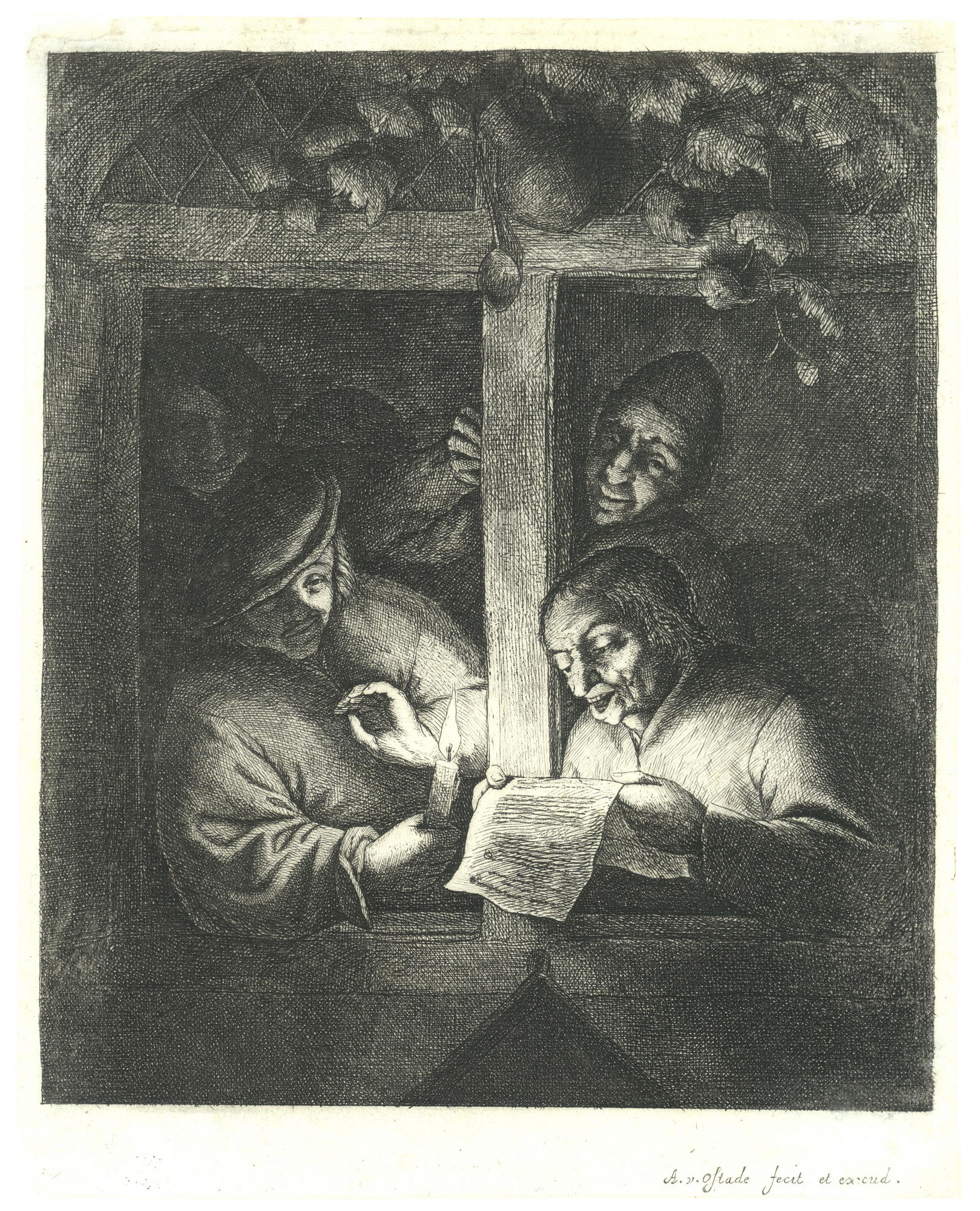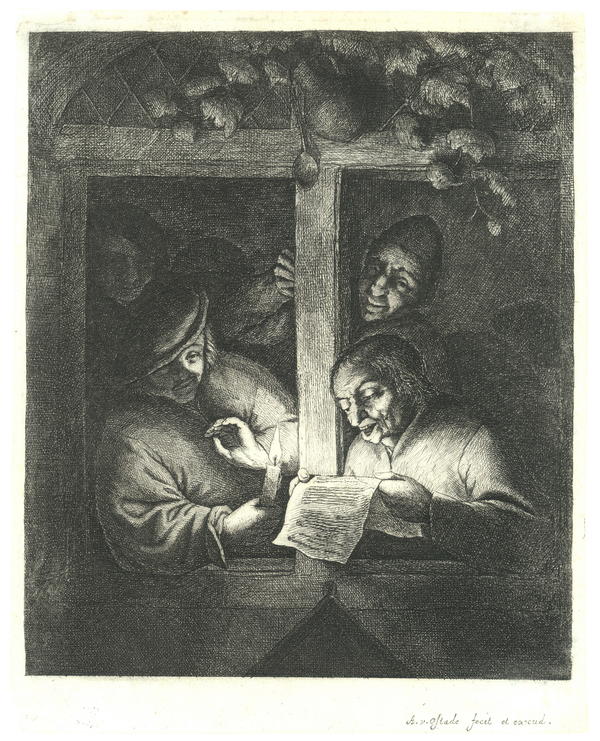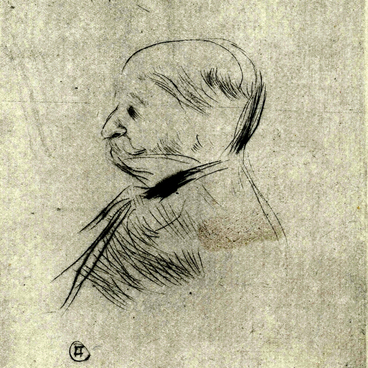Adrian van Ostade, a painter, draftsman and etcher, worked at the same time as Rembrandt – the two are considered the greatest masters of etching of the 17th century. Ostade is a representative of the Haarlem School. At the age of 17, he began to learn from Frans Hals and work in his studio, while six years later he joined the Haarlem Guild of Artists. Influenced by genre painter Adriaen Brouwer, Ostade took an interest in genre painting. He painted and engraved scenes from the everyday life of Dutch peasants and craftsmen. His works show dancing and fighting, working and drinking, but never aggression or cruelty. His characters are plain and rough like their everyday life, but are depicted with sympathy and humor.
The Speaker
Время создания
17th century
Размер
24,5x19,5 cm
24.5x19.5 cm; 23.2x18.6 cm
24.5x19.5 cm; 23.2x18.6 cm
Техника
laid paper, etching
Коллекция
0
Открыть в приложении#3
Adriaen van Ostade
The Speaker
#2
#6
Ostade’s creative work is usually divided into three periods. In the first and early one he is bitter and ironic with a rough approach to details and taking a lot from Hals and Brouwer. From the latter, he adopted sharp contrasts in chiaroscuro and expressivity of images. Later, Ostade made his humor milder and added undertints to his experiments with light and shade. In this second period, his palette was prevailed by gray, blue, brown and pale red shades. In the late period, the artist’s paintings became lighter and softer and his palette became warmer under the influence of Rembrandt. Creating etchings in his third period, Ostade avoided hard lines and strict outlines. With lots of random strokes, he modeled the light which made shapes to emerge from a dark background. The engravings showed light transparent shadows, a plastic effect and clear details.
#8
The Speaker, or Haarlem Rhetoricians refers to the late period of Ostade’s work and is dedicated to the unusual medieval phenomenon. The Netherlands always enjoyed a high level of literacy; books were read by both the upper society and simple folk. In the 15th century, literature and theater lovers began to get together in the chambers of rhetoric. Today, they would be called literary or drama societies. At such meetings, rhetoricians composed poems and read them to each other, staged genre scenes and plays. Each village formed its own chamber of rhetoric which met in the city hall or taverns. The participants chose their patron saint, motto and prince, designed their own seal and banner. Usually, they were called after a tree or a flower-symbol. In Leiden, for example, there were three chambers of rhetoric: The Black Locust, The Orange Lily and The Palm.
During the Reformation, performances and speeches in the chambers caused discontent of the church, their members were persecuted, many chambers were closed or dissolved. By 1600, chambers of rhetoric existed in the south and west of the country, while by the end of the 17th century, they remained only in villages as a relic of the past.
During the Reformation, performances and speeches in the chambers caused discontent of the church, their members were persecuted, many chambers were closed or dissolved. By 1600, chambers of rhetoric existed in the south and west of the country, while by the end of the 17th century, they remained only in villages as a relic of the past.
#9
Irbit State Museum of Fine Arts
читать дальшескрыть
00:00
00:00
1x
The Speaker
Время создания
17th century
Размер
24,5x19,5 cm
24.5x19.5 cm; 23.2x18.6 cm
24.5x19.5 cm; 23.2x18.6 cm
Техника
laid paper, etching
Коллекция
0
Открыть в приложении
Поделиться



